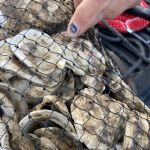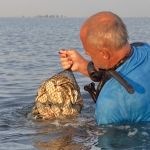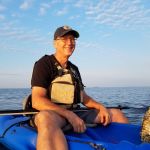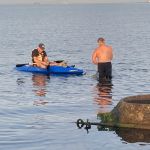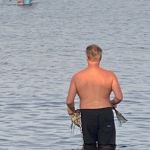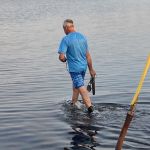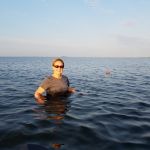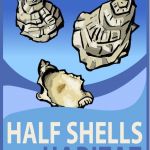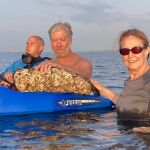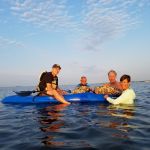Great South Bay Oyster Project
Photo Gallery
Recent Progress
Volunteer
Habitat Restoration

Habitat Restoration
We advocate for healing the creeks that feed our bay, for bay-friendly yards, for helping to return a shellfishing industry to the Great South Bay, and for the deployment of modern wastewater treatment technologies to address the problems caused by 500,000 cesspools and septic tanks, as well as the 197 large scale septic systems in malls, apartment complexes and locally.
Volunteer
Lend a hand! Join our Oyster Project Team and help revive The Great South Bay.
Partnering With Oyster Growers
Of course, nothing happens without cleaner water. That is why getting rid of our cesspools and septic tanks, healing our creeks, tackling runoff, and practicing natural lawn care is so important.
Please contact us with any suggestions you may have. You can also donate our efforts. We want to apply the latest techniques in aquaculture to revitalize our bay, our economy and our local culture.
We advocate for healing the creeks that feed our bay, for bay-friendly yards, for helping to return a shell fishing industry to the Great South Bay, and for the deployment of modern wastewater treatment technologies to address the problems caused by 500,000 cesspools and septic tanks, as well as the 197 large scale septic systems in malls, apartment complexes and locally.
Where You Can Get Fresh, Long Island Blue Point Oysters
- Neguntatogue Oysters (Lindenhurst) – call or text Keith & Nicole at 631-275-8046
- Blue Island Oysters (Sayville)- Call Chris at (631) 563-1330 for availability
- Maris Stella Oysters (Captree) – call or text Sixto at 516-939-5545
- Little A’s (Bay Shore) – call or text Michael at 917-526-1900
- Red Tiger (West Islip) – call or text Lou at 646-228-6273
The Making Of An Oyster Sanctuary
Site Evaluation
Establishing the Sanctuary
Enhancing and Measuring for Success
Recent Progress On Habitat Restoration
Update: Dead Seal NOT Killed By a Shark Off Fire Island Near Smith Point; Cause of Death Unknown
One of our Save The Great South Bay group members Michael Patrick was out on Fire Island about a mile 1/2 west of Smith Point and found a seal carcass.
Fishing For Bass By Kayak On The Great South Bay — Life is Good
Save The Great South Bay’s John Hall pulled in three good sized bass in his kayak. Here’s a shot of one:
Bring “Diadromous Fish” Back to Long Island’s Estuaries And To The Atlantic Seaboard NOW
Now is the time to take down all the ancient dams along our South Shore estuaries. The alewife, herring, sturgeon and eel, and all the fish that breed in fresh water and live in our oceans have to have the means to swim up river to spawn. For centuries, we have dammed or streams and rivers. We have the science, we have the road map. We just need the awareness and the popular will that comes with that.
More Habitats Mean More Fish
Restore America’s Estuaries, in conjunction with the American Sportfishing Association and NOAA Fisheries, released a report recently detailing the importance of marine habitats to Americas fisheries. The report explains (with easy to understand info-graphics) how our fisheries support our economy, and the importance of fish passages, oyster reefs, marsh and seagrass habitat to our fisheries.
Save The Great South Bay — An Introductory Slide Show
Save the Great South Bay chooses science over politics.
Coastalresilience.org — Modeling Future Storm Floods And Offering Strategies To Mitigate Future Flooding
Seas are rising, storms are intensifying. Visit their site, read what they have to say about how we should prepare for this future — using natural defenses like marsh, eelgrass, shellfish beds. Such natural structures take a lot of the energy out of storms. It also of course has the side benefit of vastly improving the marine and estuarine environment, which is why we want to live by the water in the first place.
All that said, Coastal Resilience’ modeling paints a fairly bleak picture of future flooding all along our coasts.

